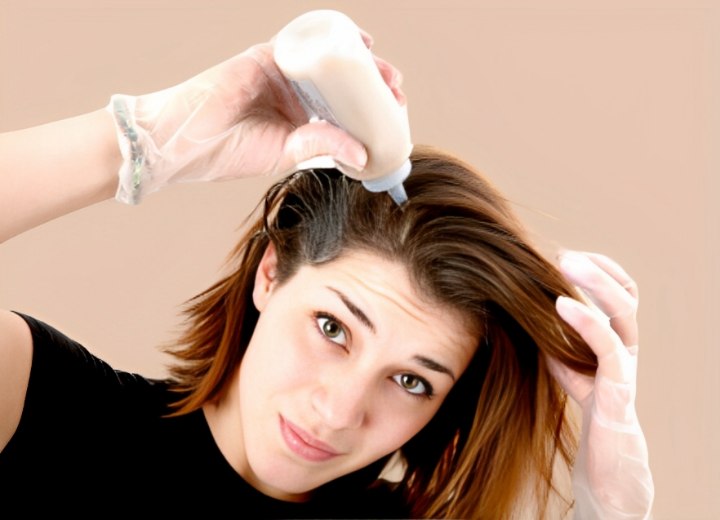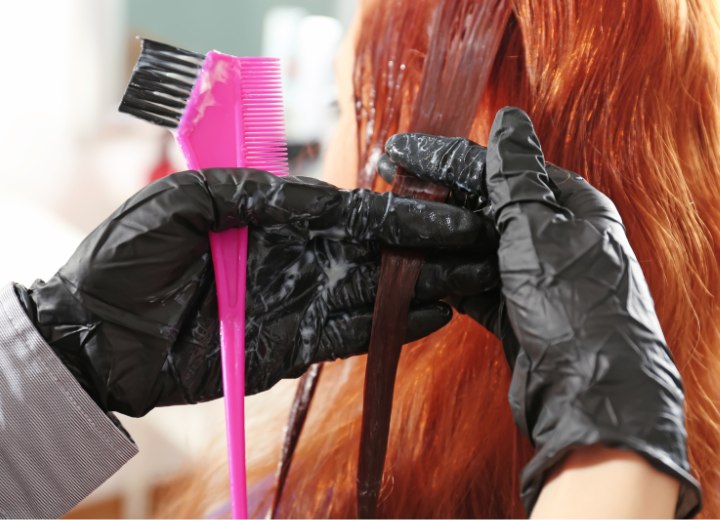What Can Go Wrong with Hair Color Services

Let's take a look at some of the common problematic results when coloring hair, and the most likely causes for the problems. The following situations assume that you have followed the instructions for mixing, applying, and processing the hair color formulas correctly and that the problems are not caused by user error.
Problem: Okay, you have just finished shampooing out the hair color and are blow-drying your hair to check the color results. You may notice something wrong as soon as you start rinsing the color. As your hair dries, the problem becomes clear: the color did not take.
Possible Causes: The hair is obviously resistant to the chemical. If your hair is gray or naturally pigmented, it may have low porosity, making it less likely to absorb moisture and therefore making the hair color less likely to penetrate into the hair shaft to deposit color.
If your hair has been color-treated, particularly with products like henna, or if you have received any other shine-boosting treatments, such as clear-gloss enhancers, your hair may have a coating that seals it against penetration by other chemical products. Henna is a common cause. It is an oil-based hair color that coats the hair shaft and can create a lot of difficulties for you or your stylist in the future when you want a hair color or perm service.
Solutions: For low-porosity, resistant hair, the best solution is pre-softening. Look for ready-made pre-softening agents at your beauty supply store, or use 10-volume developer applied to the hair for 10-20 minutes prior to retrying your color service. Rinse the developer from the hair and dry it sufficiently to enable you to accurately reapply the color. This should allow the color to penetrate the hair shaft more effectively and give you better results.
In the case of henna or other treatments that seal out the color, you need to take steps to remove the offending sealant. If it is henna, you can use alcohol and mineral oil to lift and remove it enough to improve your results. If it is due to another sealant product, consult the packaging of that product or the manufacturer's instructions for solutions to the problem.

Problem: You have completed your hair color application and throughout each step, things have been looking good. As you finish drying your hair, however, you notice that the new color is uneven and looks patchy in certain areas.
Possible Causes: The most likely candidate is product build-up in the hair. Too much styling product used daily and repeatedly can leave a build-up on the hair that won’t come away with a single shampooing, especially when using a mild shampoo. This build-up causes the color mixture to be unable to penetrate the hair at certain points along the shaft, which can lead to uneven color results.
Solutions: If you are the type of person who uses a lot of different styling products or who uses styling products every day in combination with heat styling and touches up the hair with additional product throughout the day, you should always use a clarifying shampoo to strip away all the product build-up and residue before you perform a color service on your hair. This will ensure that your hair absorbs the color evenly and that the color results you get are uniform and look the way you want them to.
Continue reading ...
